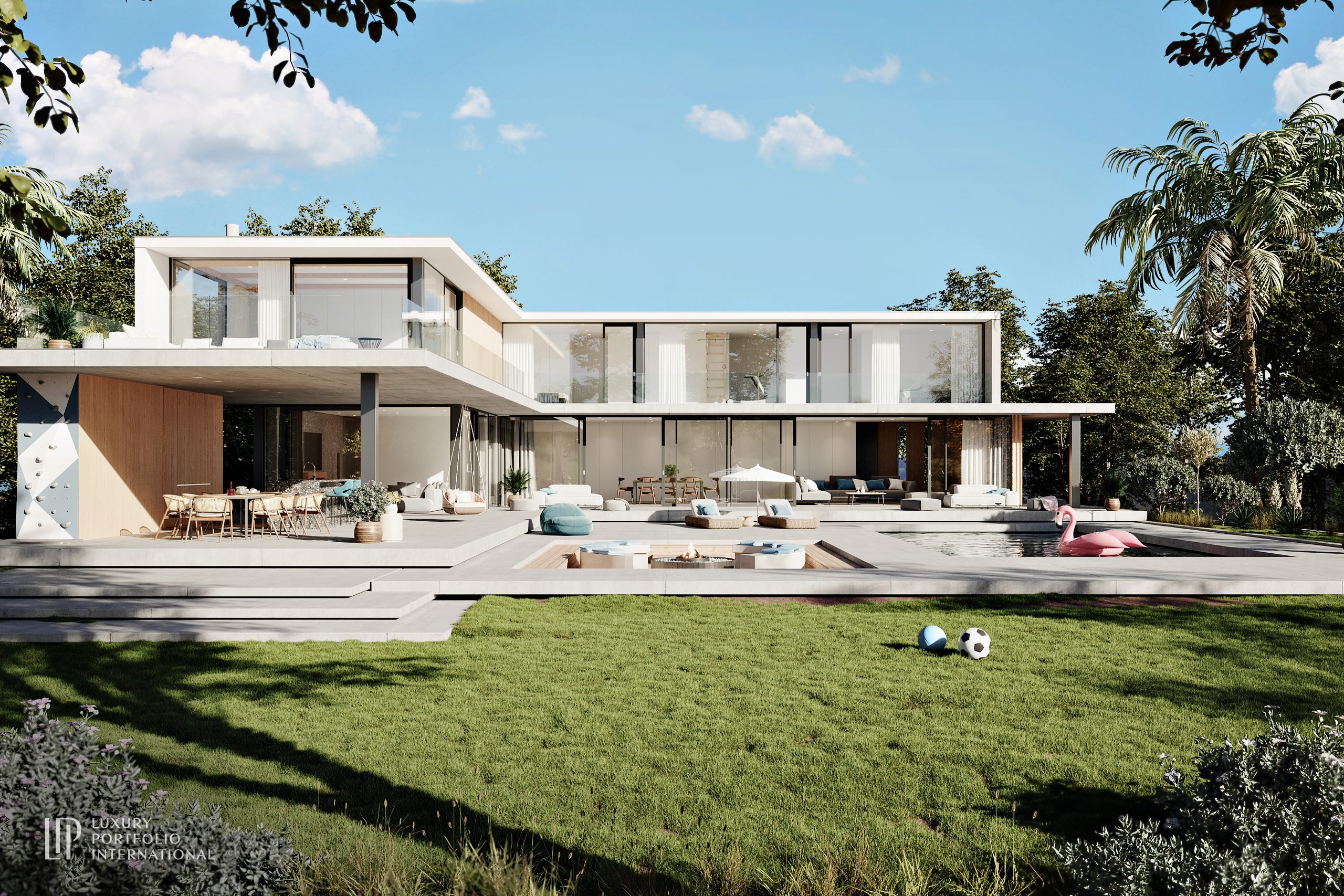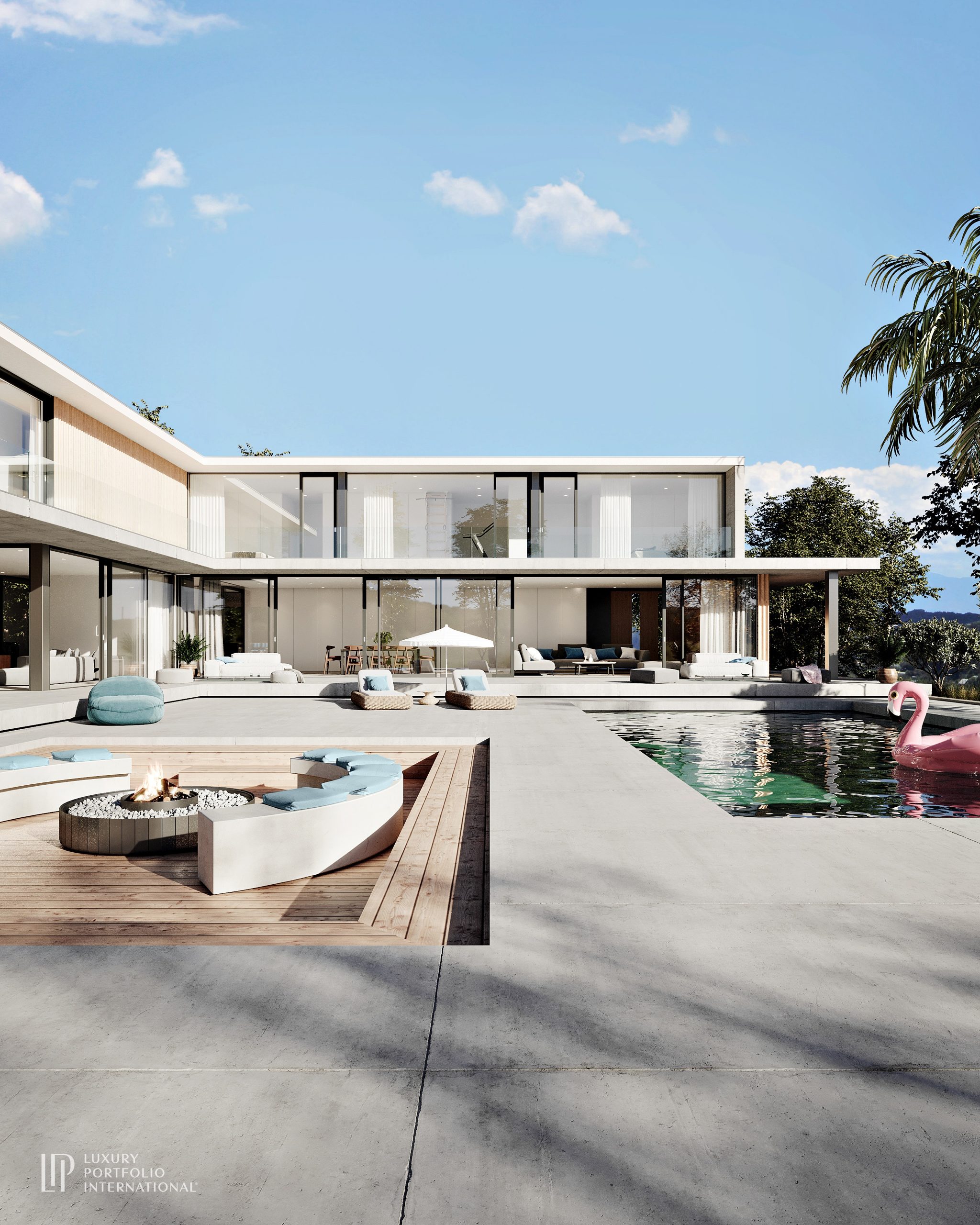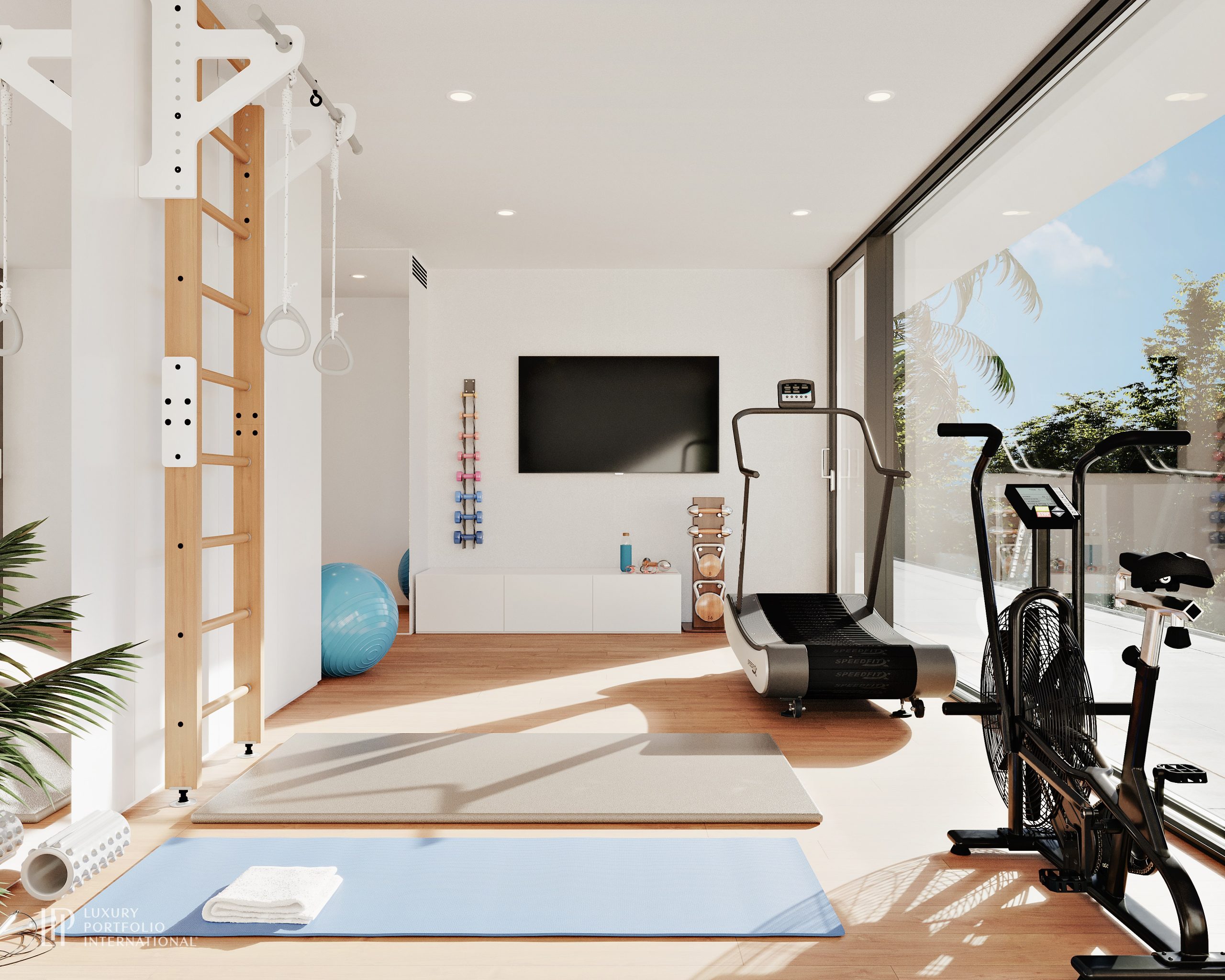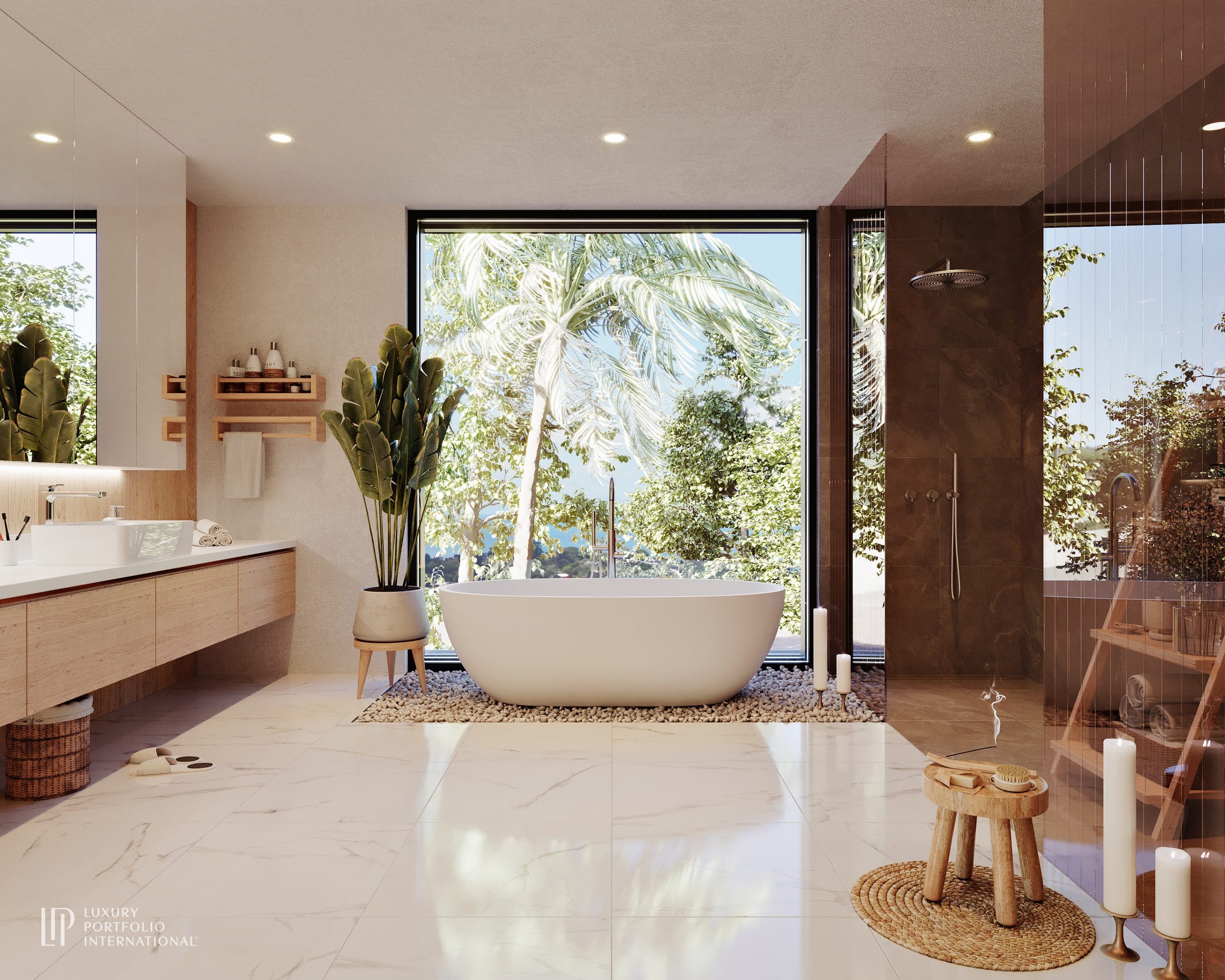Seven major priorities currently define what high-net-worth buyers are looking for in this unprecedented, red-hot housing market…and for the first time, those needs and desires are being brought to life through a marquee illustration by Luxury Portfolio International® (LPI), titled the “Luxury Home of Today,” the company has announced.

Calling the production “highly unique and a first for the industry,” LPI says the image was exemplified through a custom set of CGI renderings by Slovak-based Visual Studio and also is the cornerstone of a newly released global study by LPI, the luxury marketing division of Leading Real Estate Companies of the World®

The study, titled State of Luxury Real Estate, is the result of a survey of more than 4,600 high-net-worth individuals across 20+ countries, LPI states. It outlines the top interests that are presently driving prime property buyers towards their ideal estates worldwide—demands that are expected to intensify over the next five years and beyond.
The prevailing luxury home trends are as follows:
- A residence that evokes a joyful, satisfying life
- Outdoors reimagined as an adult playscape
- Sustainability as a focus, not an afterthought
- A sense of peace and wellbeing
- Elevated security
- A souped up, gadget-filled kitchen as the centerpiece
- At-home services and a seamless ability to outsource chores

As outlined within the report, the resulting research and renderings mirror key findings by a pair of industry giants, Crestron and Ember. With open living areas, contemporary designs, and lush natural surroundings, LPI’s two-story, single-family “Luxury Home of Today” is emblematic of transformative post-pandemic shifts in interests among homebuyers.
“While the luxury residential real estate landscape—and subsequent demand among buyers—had been fluctuating before COVID, the pandemic increased some of the changes we’re experiencing today,” said Mickey Alam Khan, president of Luxury Portfolio International®. “This is particularly true as it relates to a home’s literal ‘livability,’ such as premium ‘green’ amenities, room to run, self-care features like saunas, steam rooms, and yoga studios, and ornate entertainment areas.”

Key highlights from the study include:
- Luxury consumers now prefer to have their homes represent happiness and contentment in life. The home of the future—and that of today, for that matter—has been reimagined to balance work, leisure, relationships and purpose. These individuals are not only financially successful, but they are artists at the game of life. The home, therefore, is expected to reflect their playful nature. Key attributes, depending on location, include beautiful views, walkability, short commutes, and access to night life.
- Years of pandemic-related lockdowns have contributed to a desire among consumers to have more options for fun at home. Residences must therefore be as unique as their buyers. Some of those polled would like a sprawling garden or even a small orchard on the estate. For others, the backyard is the entertainment area: a pool surrounded by a patio or terrace with a fire feature, outdoor kitchen and bar, and the integration of modern technology.
- Next generation sustainability will be much broader than solar panels and energy-efficient appliances. It will mean sustainability in the DNA of the home itself, complete with construction materials of a higher-standard, especially non-toxic ones.
- Three out of four luxury homebuyers (75%) expect their next home to have three or more fitness and wellness amenities. Essential features and accompanying amenities include tranquility gardens; indoor pools, saunas, and steam showers; massage rooms; yoga or Pilates studios; an abundance of natural light, etc.
- Now, more than ever, luxury buyers expect their homes to be outfitted with high-tech security features, specifically bolstering residents against modern threats (such as backup for utilities, data, and internet) and, in some cases, criminal activity. LPI finds this trend to be strongest among those who have had high concern over potential COVID-19 shutdowns leading to increased local crime. Climate change and rising rates of cybercrime are also influencing this defensive posture.
- The most in-demand feature of a new kitchen is its gadgetry—80% say that this category is essential. Smart devices, such as built-in coffee makers, cookers, blenders, and cocktail mixers, create distinctive images in the minds of buyers. Contrary to the trend of openness, the formal dining room remains an in-demand entertainment spot.
- More consumers are using app-based services to fetch food, beverages, and any number of packaged goods. “Contactless” buying and selling is here to say. Buyers want homes that will make it easier to outsource everyday chores to willing participants in the local economy. An at-home service that continues to grow in popularity is a personal chef—one who can design a healthy eating plan and also deliver the goods. Future buyers would like a kitchen that is fully outfitted for outside help and, in some cases, a secondary kitchen for in-sourced food preparation.
“Today’s global market is being shaped by widespread uncertainty, which makes it all the more crucial to stay well ahead of the most impactful trends,” added Alam Khan. “At Luxury Portfolio International®, we have long prided ourselves on not only being able to logically dissect what’s influencing the high-end sector, but how to instruct homebuyers, sellers, and agents to adapt accordingly. We view this report to be a valuable tool and an insightful resource as it relates to these individuals’ businesses and investment strategies.”
To access the complete report, visit the following link: https://www.luxuryportfolio.com/reports.












